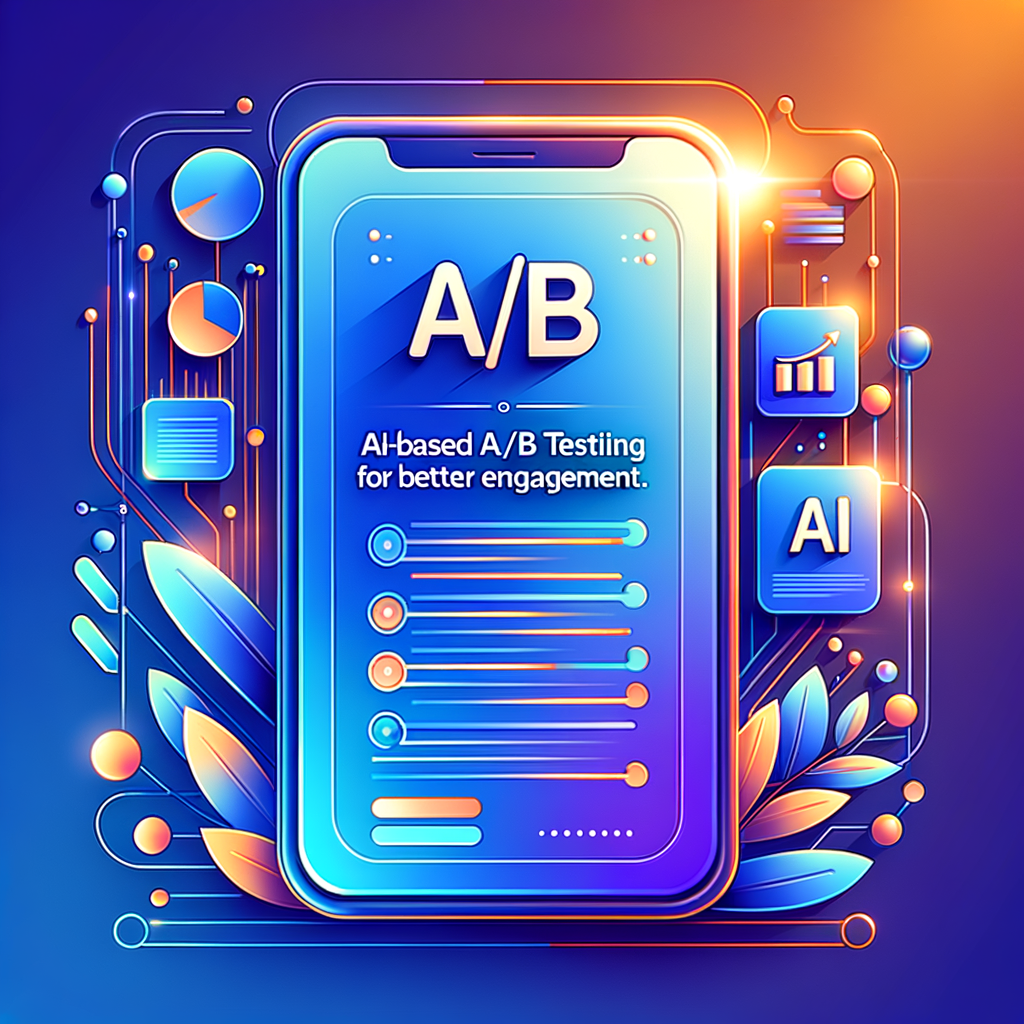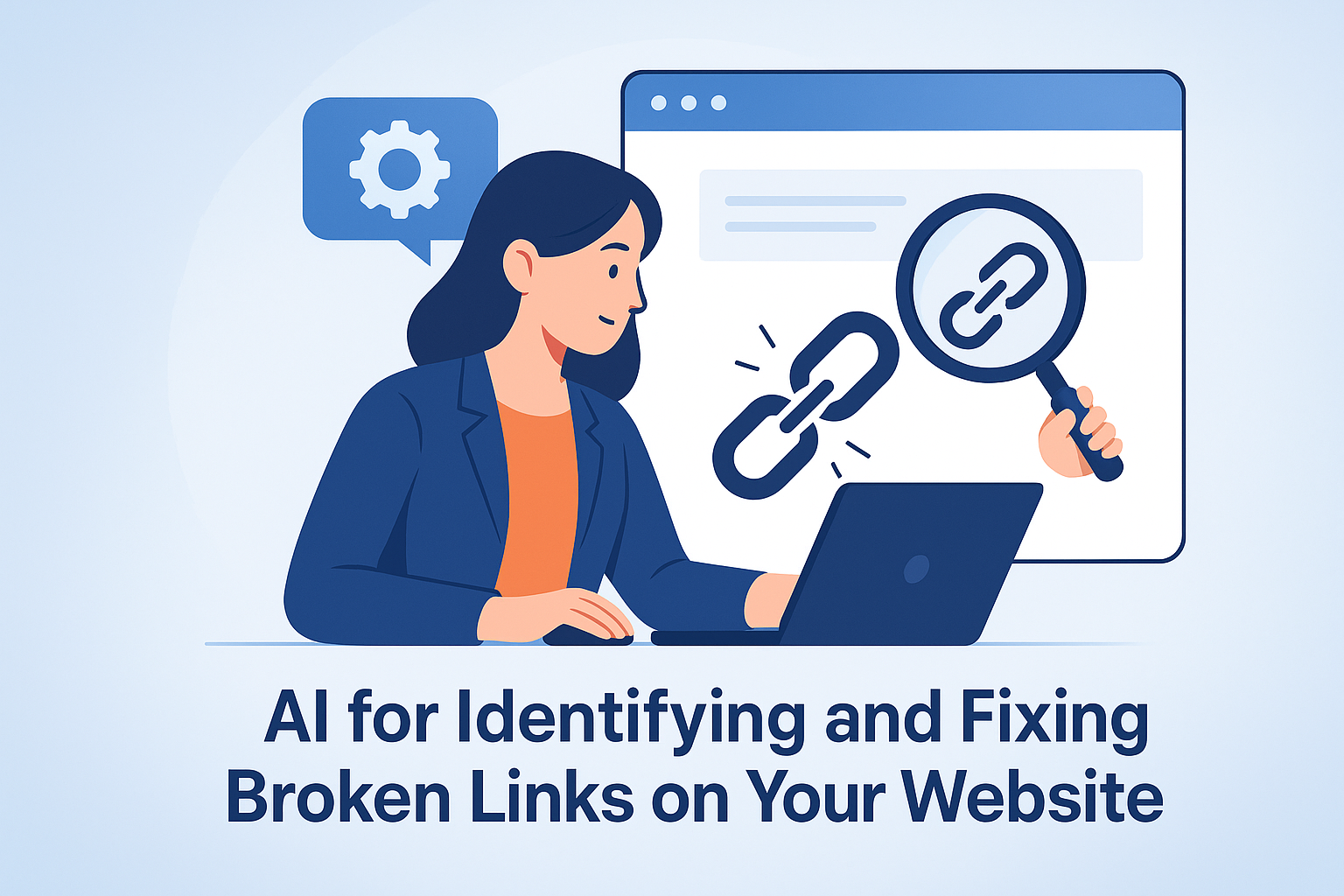The first thing users (and search engines) notice about your content? Your headings.
Headings and subheadings are more than formatting—they shape click-through rates, engagement, content comprehension, and keyword relevance. If your headings are flat, vague, or misaligned with user intent, your content performance will suffer.
But how do you know which heading will drive more clicks or better dwell time?
With AI, you no longer have to guess.
In this guide, we’ll walk through how to use AI-powered workflows to A/B test headings and subheadings—quickly and strategically—using:
- DIYSEO GPT’s professional prompts like Top Performing Pages, High Impression, Low CTR, and Query Position Changes
- SEO AI Writer to create and refine headline variations
- Link Marketplace to promote winning variations and compound their success
Let’s unlock better performance, one heading at a time.
Why Headings Matter for SEO and UX
Headings help search engines understand page structure—and help users scan and stay engaged.
| Heading Function | SEO Benefit |
|---|---|
| H1 | Describes page topic clearly for users and bots |
| H2/H3 | Organizes subtopics, supports long-tail keyword targeting |
| Emotional impact | Increases CTR from SERPs and time-on-page |
| Clarity | Helps visitors skim, find answers, and stay engaged |
Poor headings = poor engagement = poor rankings. A/B testing is your path to better results.
What Makes a Heading Worth Testing?
Not every heading needs testing. Focus on those with the most impact on user behavior:
- H1 titles on blog posts and landing pages
- Section headers that introduce key benefits or features
- Pages with high impressions but low clicks
- Pages with high bounce or low engagement
DIYSEO GPT can help you find these pages using data from Google Search Console and integrated insights from Moz and SEMrush.
Step-by-Step: A/B Testing Headings with AI
✅ Step 1: Identify Headline Opportunities with DIYSEO GPT
Use the following pre-written prompts to discover pages with underperforming headings:
🔍 Prompt: High Impression, Low CTR
This highlights which URLs are appearing in search—but not getting clicked.
These are perfect for testing headline variations to improve search appeal and user intent match.
📈 Prompt: Top Performing Pages
While not always a fix, even high-performing pages can benefit from headline tuning to further increase clicks or reduce bounce.
📉 Prompt: Query Position Changes
Use this prompt to identify pages that are slipping in rankings. A better-aligned or more keyword-focused heading may help recover visibility.
✅ Step 2: Generate Alternative Headings with SEO AI Writer
Once you identify pages to test, use SEO AI Writer to create variations of your H1 or H2 headers.
Prompt Example:
“Create 5 SEO-optimized H1 variations for a blog post titled ‘AI Tools for SEO Success.’ Include one curiosity-based, one list-style, one keyword-focused, and one direct benefit-driven headline.”
AI Output Examples:
- Top 7 AI Tools That Are Changing SEO in 2025
- How to Use AI for Higher Google Rankings
- AI for SEO: Tools, Trends, and Tactics You Need Now
- Boost Your SEO Performance with These AI Solutions
- Why Every Marketer Is Turning to AI for SEO
Repeat this process for H2s throughout the page, especially section introductions like benefits, features, FAQs, or pricing comparisons.
✅ Step 3: Implement a Testing Plan
While Google Search doesn’t allow classic split-testing, you can still measure effectiveness by:
- Swapping headings at regular intervals (e.g., every 14 days)
- Monitoring CTR and position using DIYSEO GPT’s Query Position Changes and Top Queries by Clicks prompts
- Using Google Optimize, A/B testing plugins, or Elementor Experiments for on-site split tests
Track metrics like:
- Impressions
- CTR
- Average position
- Scroll depth
- Time on page
Tip: Log each headline version, date implemented, and performance snapshot inside a Google Sheet or Notion doc for long-term tracking.
✅ Step 4: Use AI to Interpret Results
Once your test has been live for 2–4 weeks, return to DIYSEO GPT and re-run the relevant prompt (e.g., High Impression, Low CTR).
Then ask follow-up questions in the Chat History tab, like:
“How did the new H1 on /ai-seo-guide impact CTR over the past 3 weeks compared to the previous version?”
DIYSEO GPT will compare historical performance and provide data-backed recommendations.
Heading Optimization Strategies by Format
Let’s break down effective heading types you can A/B test using the SEO AI Writer:
| Format | Use Case | Example |
|---|---|---|
| List Style | Top 5, 7, or 10 items | Top 7 AI SEO Tools for 2025 |
| Question-Based | Match informational queries | What Is the Best AI Tool for SEO? |
| Benefit-Led | Highlight outcome | Boost Rankings with These AI Tools |
| How-To | Tutorials, guides | How to Use AI to Improve SEO |
| Keyword-Exact | Match search terms | AI Tools for SEO Optimization |
AI can generate these at scale, saving hours and eliminating guesswork.
Don’t Stop at the H1—Test Subheadings Too
Subheadings (H2, H3) affect:
- Internal navigation (especially on mobile)
- Keyword density
- Time on page
- Featured snippet eligibility
SEO AI Writer Use Case:
“Rewrite these three H2 subheadings into benefit-focused, keyword-enhanced versions for mobile readability.”
Old:
- Features
- Pricing
- Get Started
AI-Enhanced:
- What Makes These AI SEO Tools Unique
- Affordable Plans for Every SEO Team
- Launch Your AI-Powered SEO Strategy in Minutes
These revised subheaders improve clarity, CTR from SERPs (if structured for snippets), and UX for mobile readers.
Promote Winning Variants with Link Marketplace
Once you find a heading variation that performs significantly better:
- Update all internal links and social previews to reflect the winning H1
- Use the Link Marketplace to promote that optimized content across high-authority domains
Strategy:
- Identify the winning headline
- Rewrite title tags and social cards to match
- Acquire backlinks to the updated version using filters like:
- Domain Authority
- Niche (e.g., Marketing, Tech, SaaS)
- Language or region
This boosts discoverability and authority—maximizing the gains of your successful A/B test.
Real-World Use Case: Headline Optimization at Scale
Problem: A SaaS blog had strong rankings but low engagement on high-volume keywords like “AI SEO tools.”
DIYSEO Strategy:
- Ran High Impression, Low CTR prompt
- Used SEO AI Writer to generate 5 alternate H1s
- Swapped headlines every 14 days and tracked CTR
- Found “Top 7 AI Tools That Are Changing SEO in 2025” outperformed others by +18% CTR
- Promoted the page via Link Marketplace
Results:
- CTR improved from 2.4% to 3.6%
- Dwell time increased by 22 seconds
- Featured snippet win within 3 weeks
- Organic traffic increased by 31% MoM
Final Thoughts
Your headings are more than labels—they’re conversion levers, ranking signals, and engagement drivers. And with AI, you can test and improve them without gut instinct or hours of rewriting.
Using DIYSEO’s full stack:
- DIYSEO GPT helps identify weak or high-potential pages
- SEO AI Writer creates and rewrites heading variations at scale
- Link Marketplace promotes your winning headlines for exponential visibility
Better headings mean better rankings. DIYSEO makes them easy to test, measure, and win with.
Frequently Asked Questions
1. How does AI enhance A/B testing for headings and subheadings?
AI elevates A/B testing of headings and subheadings by employing advanced algorithms that analyze vast data sets far beyond human capability. Traditional A/B testing involves manually crafting variations and testing them against a sample audience, often requiring significant time and effort. AI, on the other hand, uses machine learning models to automatically generate, test, and improve headline variations. By analyzing user interactions like clicks, time spent on page, and conversion rates, AI predicts which heading and subheading combinations are likely to perform best. This automated process not only significantly reduces the time needed but also increases the likelihood of finding a winning combination, thanks to AI’s ability to detect complex patterns and insights that might not be obvious at a glance.
2. What are the benefits of using AI for optimizing engagement through headings and subheadings?
Utilizing AI for optimizing headings and subheadings offers several key advantages. Firstly, AI enables rapid hypothesis testing with a broader range of headline variations than manually possible, resulting in quicker insights and actionable data. This swift testing capability means faster iteration cycles and a shorter path to optimized content, ultimately leading to improved user engagement and higher conversion rates. Additionally, AI can uncover hidden patterns in audience behavior data, often bringing to light unexpected user preferences that manual testing might overlook. Moreover, AI’s ability to continuously learn from each interaction means headlines can be refined in real time, keeping your content dynamic and responsive to user trends. Lastly, AI-driven A/B testing empowers marketers by freeing up time and resources, allowing them to focus on creativity and strategy rather than cumbersome data analysis.
3. Can AI truly replace human intuition in crafting effective headings?
While AI is exceptionally powerful in analyzing data and identifying trends, it is not entirely meant to replace human intuition in headline crafting. Instead, AI should be viewed as a collaborative tool that enhances human creativity. Human intuition draws from emotional intelligence and nuanced understanding of culture and language, aspects where AI still has limitations. What AI excels at, however, is processing extensive data, learning from vast datasets, and providing data-driven insights that can inform and refine human creativity. For example, AI might present variations or suggest adjustments based on past success metrics, which writers and marketers can then review and adapt using their unique understanding of their audience. This partnership between AI and human creativity can produce more compelling and effective headings and subheadings that resonate deeply with target audiences.
4. How can AI help in personalizing headings and subheadings for different audience segments?
AI thrives in personalization, making it a formidable tool in tailoring headings and subheadings to different audience segments. By leveraging data mining and machine learning, AI can analyze different audience profiles, including demographics, behavior patterns, and past interactions. With this information, it can craft and test headings and subheadings that are not only relevant but also captivating to each segment. For instance, an AI-driven system may analyze how different age groups respond to variations in tone, language complexity, or even design elements within headings and subheadings. This insight allows businesses to deploy personalized experiences to their audiences, enhancing engagement by aligning with the specific preferences and expectations of each segment. Notably, AI also adjusts in real-time, adapting headings based on current events, trending topics, and shifts in audience behavior, keeping the content fresh and aligned with audience interests.
5. Are there any limitations or challenges when using AI for A/B testing headings and subheadings?
Despite its many capabilities, AI does come with its set of limitations and challenges when it comes to A/B testing for headings and subheadings. One primary challenge is the dependence on quality data; AI’s output is only as good as the data it is trained on. Therefore, accurate results require extensive and high-quality datasets to train AI models effectively. Without this, AI might produce irrelevant or suboptimal headline variations. Furthermore, AI systems require ongoing tuning and updates to stay relevant as market dynamics and consumer preferences evolve. There’s also a risk of over-reliance on AI, where marketers may overlook the value of qualitative insights and human input that are essential complements to data-driven approaches. Lastly, privacy concerns and data security are ever-present issues, as personal data used to train AI must be handled responsibly to preserve user trust. Understanding these limitations is crucial for using AI effectively and ethically in your marketing strategy.
“`



